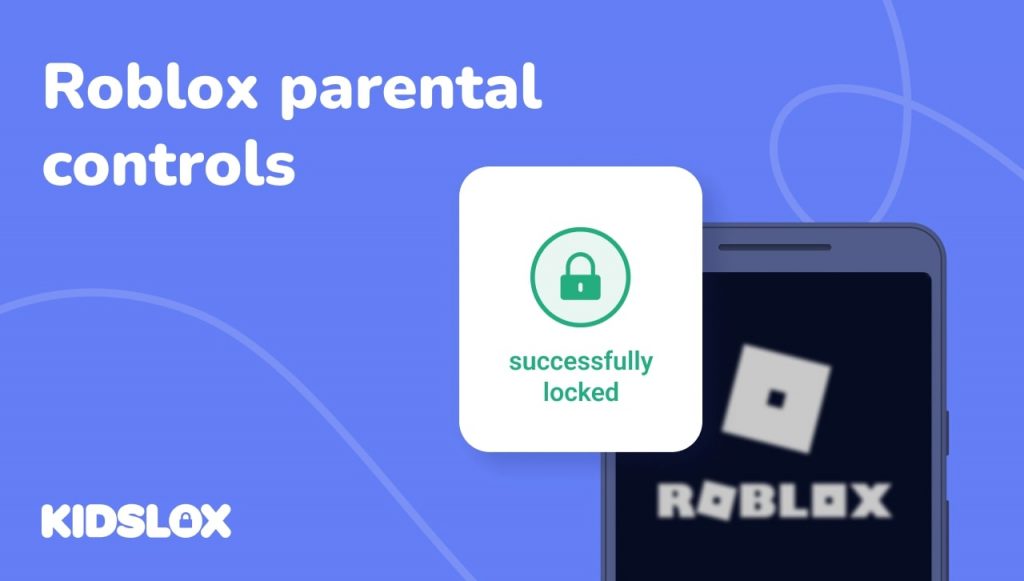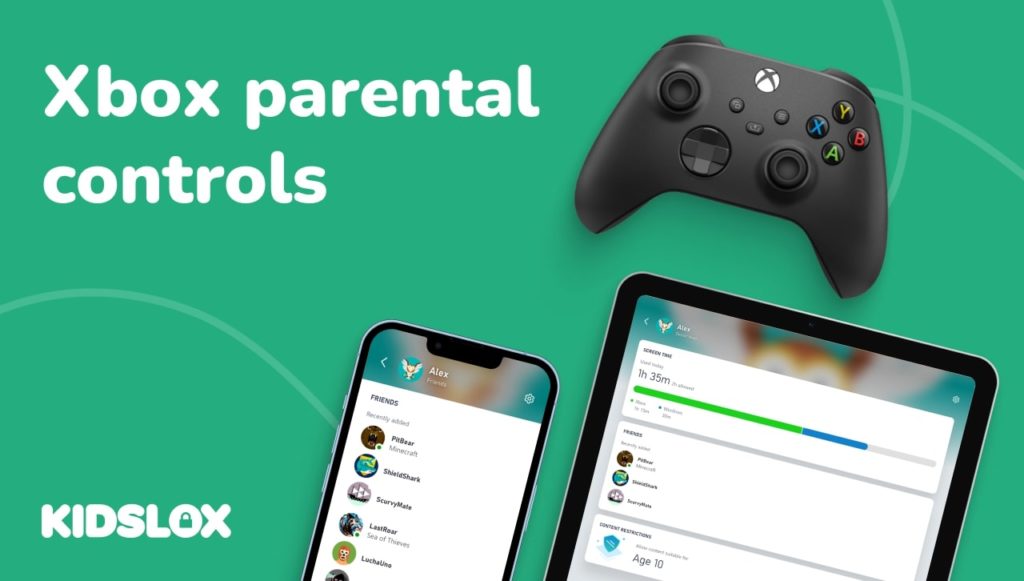“When am I going to get a phone?” The dreaded question that all parents and guardians know is coming as their kids begin to get the itch for that device that everyone else has.
Every year, the smartphone market sees new releases, often leaving parents feeling like they’ve just caught their breath from the cost of their latest model when the next shiny object appears.
With prices now soaring past $1,000, the financial strain of keeping up with the latest models is a real concern for many parents. The pressure to provide their kids with a smartphone is mounting, but the question remains: is it worth the investment?
But in all the marketing buzz and peer pressure, the question still remains: do our kids really need the most advanced smartphones on the market?
This isn’t just about keeping up with the Joneses anymore. Modern smartphones represent significant investments, and the decision about which phone to get your child can impact everything from your family’s budget to your child’s social life and safety.
Let’s take a look at whether or not you should drop the money for the latest model for your child – and what other alternatives exist in the smartphone world.
The Appeal of Latest Smartphones
Social Status and Peer Pressure
Walk into any middle or high school, and you’ll quickly notice smartphones aren’t just communication tools – they’re status symbols.
Many kids feel that having an older or less prestigious phone model can lead to social exclusion or judgment from peers. While this might seem trivial to adults, the social pressure kids face around technology is very real.
Marketing’s Powerful Pull
Smartphone marketing is sophisticated and sneaky – targeting not just adults but even kids.
Companies know that children and teens want phones – and they craft compelling narratives around their latest devices, presenting them as essential tools for creativity, social connection, and success. Just look at YouTube and other social media channels, and you’ll see just how strong the pull is.
The Latest Features Arms Race
Each new smartphone generation brings impressive technical improvements – better cameras, faster processors, improved displays, and new capabilities. Kids often focus on these features, particularly those that enable new social experiences or creative possibilities.
Fear of Missing Out (FOMO)
Let’s not forget the psychological realities of being a kid. FOMO—the fear of missing out—is one of the biggest drivers of child and teen decision-making, and smartphones play a big part in this conversation.
Many apps and features are optimized for newer devices, and some may not work as well (or at all) on older phones. This anxiety about digital exclusion can make the latest smartphone seem less like a luxury and more like a necessity for social inclusion.
The Real Needs vs. Wants
Let’s get real about what kids actually need in a phone. Between the marketing hype and peer pressure, it’s easy to lose sight of the fundamental purpose of giving your child a phone in the first place.
Safety First
Most parents get their kids a phone for safety and communication. Reaching your child (and vice versa) doesn’t require the latest processor or a professional-grade camera system. Any reliable smartphone can handle calls, texts, and emergency location sharing.
Basic Functions Are… Basic
When you break down what most kids actually do with their phones, the list is pretty straightforward:
- Texting friends and family
- Making occasional calls
- Using basic apps for school and organization
- Taking and sharing photos
- Playing some games
- Watching videos
- Using social media (age-appropriate)
Guess what? A phone from two or three years ago can handle all of these tasks just fine.
Durability Matters More Than Speed
Let’s be honest – kids aren’t exactly known for their careful handling of expensive electronics. A more affordable phone that can take a beating might be a better choice than a delicate flagship model with a curved glass screen that cracks if you look at it wrong.
The Case Against Latest Models
Financial Reality Check
Let’s talk numbers for a minute. The latest flagship phones from Apple and Samsung now regularly cross the $1,000 mark. That’s a lot of money for a device that:
- Might get lost at school
- Could end up in a pool
- Might meet an untimely death on concrete
- Will likely be “outdated” in your child’s eyes within a year
The Depreciation Game
High-end smartphones depreciate faster than a new car driving off the lot. That $1,000+ phone? It might be worth half that in a year. For a first phone that’s likely to see some rough handling, that’s a pretty steep price to pay.
Hidden Costs
The sticker price isn’t the only cost to consider. The latest models often require:
- More expensive cases and screen protectors
- Higher insurance premiums
- Pricier repairs when something goes wrong
- More expensive replacement parts
The Learning Curve
Getting the latest-model phone as a first device is like learning to drive a Ferrari. It’s flashy, but it might not be the best way to learn responsibility and digital citizenship. Starting with a more modest device allows kids to prove they can handle the responsibility before upgrading to more expensive models.
Smartphone Alternatives in 2024
Google Pixel 8a
Great for: Teens who want a flagship experience without the flagship price
The Pixel 8a proves you don’t need to spend a fortune to get a great phone. It delivers exceptional camera quality, smooth performance, and clean Android software at half the price of premium phones.
Google’s commitment to long-term software updates means this phone will stay current for years, making it a smart investment for growing teens.
- Outstanding camera quality rivaling $1000+ phones
- 7 years of software updates promised
- Fast, clean Android experience without bloatware
iPhone SE
Great for: Families already in the Apple ecosystem who want reliable performance
Apple’s most affordable iPhone packs the same powerful chip as the iPhone 13 into a compact body. While it may not have the latest design, it delivers the premium iOS experience, strong security features, and excellent parental controls that Apple is known for. Perfect for kids who want iMessage and FaceTime without the premium price tag.
- Same fast processor as the iPhone 13
- Full access to iMessage and FaceTime
- Excellent parental controls through Screen Time
Samsung Galaxy A35
Great for: Kids who want a big screen and long battery life
The Galaxy A35 hits the sweet spot between features and affordability. Its large 6.6-inch display is great for content consumption, while the massive battery easily lasts two days. Samsung’s OneUI interface is intuitive, and the phone will receive security updates for several years.
- Exceptional battery life
- Large, vibrant display
- Water-resistant design
Motorola Moto G Power (2024)
Great for: First-time phone users who need basic features
This budget-friendly option proves that affordable phones can still be good phones. The Moto G Power offers clean Android software, multi-day battery life, and surprisingly decent performance for everyday tasks. Its durable build and reasonable price make it perfect for younger kids, proving they can handle phone responsibility.
- Multi-day battery life
- Clean, bloatware-free software
- Durable design with water-repellent coating
Gabb Phone Plus
Great for: Young kids needing basic communication without distractions
Purpose-built for children, the Gabb Phone Plus offers the smartphone form factor without the risks of unrestricted internet access and social media. It includes essential functions like calling, texting, and GPS tracking while leaving out potentially problematic features. Parents can gradually unlock more capabilities as their child demonstrates responsibility.
- Built-in parental controls
- No social media or unrestricted internet
- GPS tracking for safety
TCL Flip 2
Great for: Parents who want to start with just the basics
Sometimes, the smartest choice is to start simple. This basic flip phone handles calls and texts reliably while eliminating social media, gaming, and internet distractions. Its long battery life and durable design make it ideal for young kids who just need a way to stay in touch with family.
- Simple, distraction-free design
- Excellent battery life
- Very affordable price point
Samsung Galaxy A15 5G
Great for: Tech-savvy kids who want modern features at a budget price
Samsung’s newest budget offering delivers impressive value with features usually reserved for more expensive phones. Its 5G capability, 50MP camera, and smooth 90Hz display make it feel more premium than its price suggests. The phone runs the same polished OneUI software as Samsung’s flagships, making it a great choice for kids who want a “real” smartphone experience without breaking the bank.
- 5G connectivity for future-proofing
- High-quality 50MP main camera
- Smooth 90Hz display for better responsiveness
Tips for Making the Right Choice
How Old Is Old Enough?
Age is more than just a number when it comes to smartphones. While there’s no universal “right age,” consider your child’s maturity level, responsibility with other belongings, and genuine need for a phone.
Many experts suggest waiting until at least middle school when kids start having more independent activities and might need to coordinate with parents more frequently.
What’s Their Track Record With Technology?
Before investing in any smartphone, look at how your child handles other electronics.
Do they take care of their tablet or gaming devices? Do they follow screen time rules? Have they shown they can balance tech use with other activities? Past behavior is often the best predictor of future responsibility.
Can Your Family Budget Handle It?
Remember that the initial cost is just the beginning. Choose a phone that won’t strain your budget if the worst happens. Remember that smartphones come with data plans, repair needs, subscriptions, and more.
What Are Your Family’s Phone Rules?
Before any phone purchase, establish clear guidelines about your family’s phone usage in general. Does your family have a digital plan in place? How will you manage your child’s phone use? Think through where you stand on:
- Screen time limits
- Approved apps and content
- Social media usage
- Academic expectations
- Phone-free zones and times
- Consequences for breaking rules
Could This Be a Teaching Moment?
Consider using the phone purchase as an opportunity to teach financial literacy and responsibility. You can get your child involved in the process both by researching the options available and by having them pitch in to buy the phone when the time is right. Other opportunities include:
- Starting with a basic model and “earning” upgrades
- Teaching about contracts and monthly bills
- Discussing digital citizenship and online safety
Would They Be Better Off Starting Simple?
There’s nothing wrong with starting with a more basic phone and upgrading later. This approach lets kids prove they can handle the responsibility and develop healthy usage habits. Plus, you can help them learn basic digital literacy by adopting the “walk before you run” method!
Make The Right Choice For Your Child’s Future
The pressure to get your kid the latest smartphone can feel overwhelming. Between social pressure, sophisticated marketing, and the genuine benefits of modern technology, it’s easy to feel like only the newest and best will do.
But here’s the reality: kids don’t need the latest flagship phone to stay connected, safe, and socially engaged. Starting with a more modest device often leads to better outcomes – both for your wallet and your child’s development of responsible tech habits.
Here are some of the key points to keep in mind as you make your smartphone decisions:
- The most expensive option isn’t necessarily the best choice
- Consider your child’s maturity level and genuine needs
- Start with clear boundaries and expectations
- Look for phones with good parental controls
- Factor in durability and replaceability
- Consider starting simple and upgrading later as a reward for responsible use
Whatever phone you choose, use it as an opportunity to teach valuable lessons about responsibility, digital citizenship, and financial wisdom.
The right choice isn’t about having the latest features – it’s about finding a device that helps your child grow while keeping them safely connected to family and friends.
After all, the best phone for your kid is one that meets their needs without breaking your budget or sacrificing your peace of mind. And remember – you can always upgrade later when the time (and behavior) is right.
Want to learn more about keeping your kids safe on their phones? Check out our guides on setting up parental controls and establishing healthy screen time habits.





